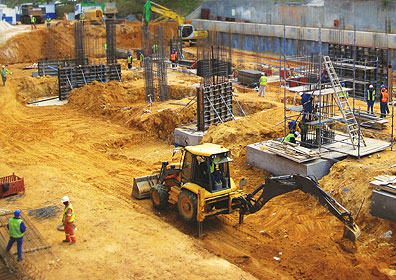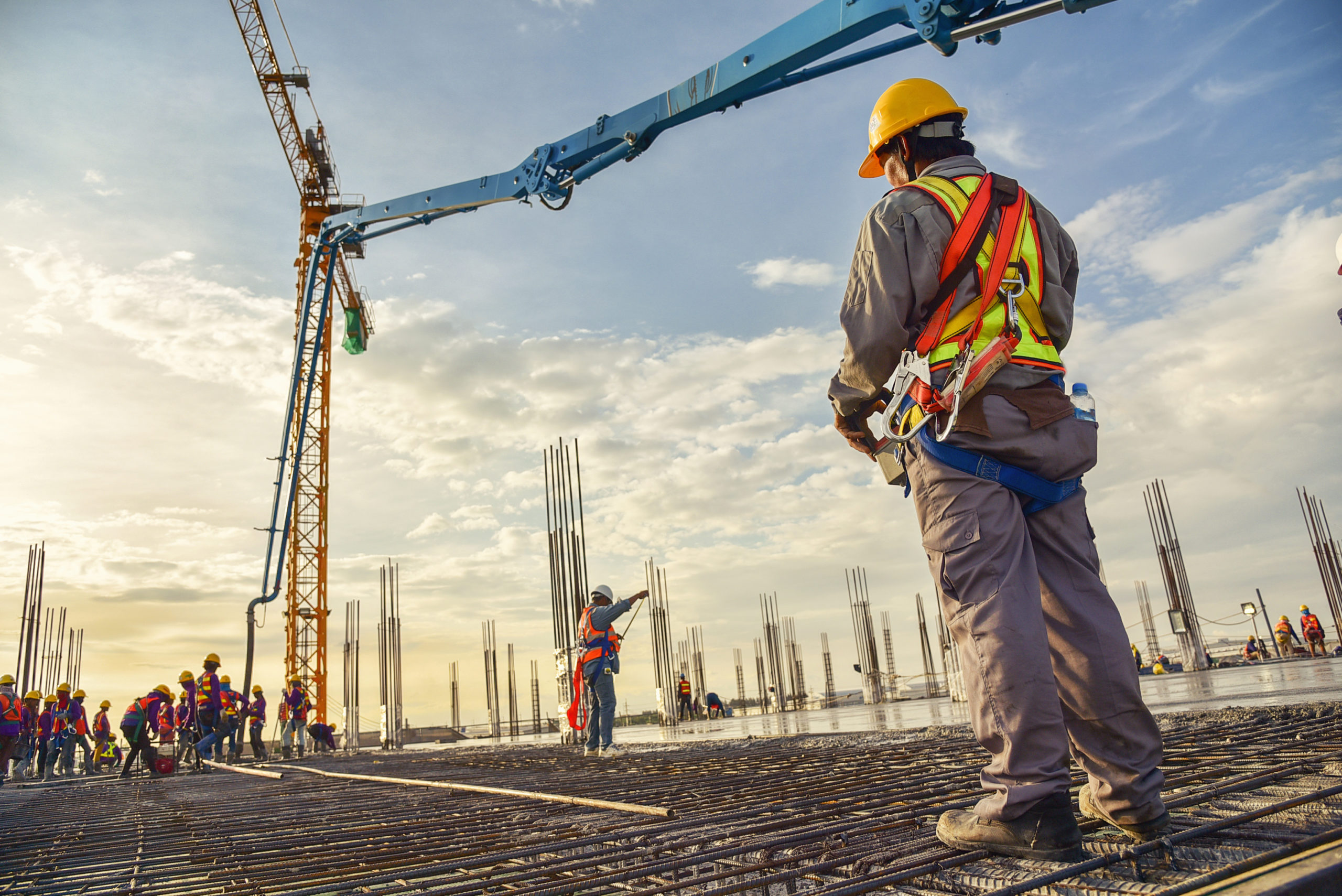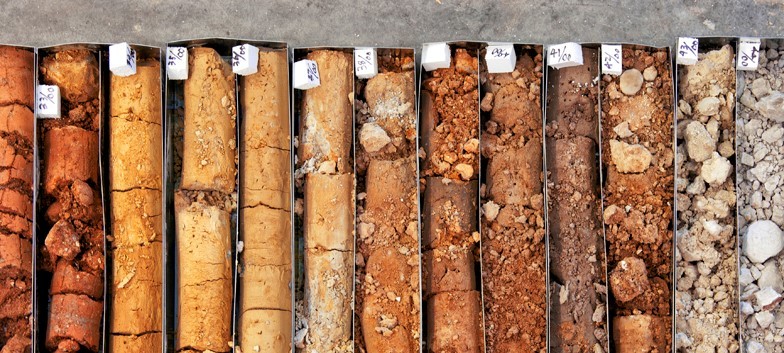Geotechnical Geologist Solutions for Accurate Dirt and Rock Evaluation
Geotechnical Geologist Solutions for Accurate Dirt and Rock Evaluation
Blog Article
Exploring the Crucial Function of Consulting Engineers in Geotechnical Projects: A Thorough Review of Their Contributions and Responsibilities
Consulting designers serve as crucial figures within geotechnical tasks, charged with the complex responsibilities of assessing subsurface conditions and ensuring the architectural integrity of building and constructions. Their know-how not only shapes style criteria and regulatory compliance but additionally facilitates vital interaction amongst different stakeholders, thus enhancing project outcomes. The complexity of their duty is further underscored by the need for aggressive risk administration techniques and ecological factors to consider. As we discover the complex payments of getting in touch with designers, it comes to be evident that their participation is necessary to browsing the obstacles integral in geotechnical ventures. What details techniques do these experts use to protect project success?
Overview of Geotechnical Design
Geotechnical design is an important discipline within civil design that concentrates on the actions of earth materials and their interaction with frameworks. This field encompasses the study of soil, rock, groundwater, and the mechanics controling their residential or commercial properties and actions. Geotechnical engineers evaluate the physical and chemical properties of these products to establish their viability for numerous construction projects, making certain that frameworks are founded on secure and reliable ground.

In addition, geotechnical designers need to consider environmental variables, such as soil contamination and groundwater administration, to advertise sustainable development. Their competence is essential in optimizing the layout and construction procedures, inevitably adding to the longevity and safety and security of civil design tasks.
Secret Duties of Consulting Engineers

In addition, they are accountable for developing layout criteria and specifications that stick to governing criteria and best practices. This consists of evaluating website problems and establishing suitable building methods, which is essential for minimizing risks connected with ground instability.
Consulting designers likewise work as liaisons between various stakeholders, including customers, professionals, and regulative bodies, promoting clear interaction and collaboration throughout the job lifecycle. consulting civil engineering companies. Moreover, they provide experienced guidance during building and construction, ensuring that geotechnical elements are adequately resolved and that any type of unexpected difficulties are handled successfully. Eventually, the diverse obligations of seeking advice from designers are essential to the stability and success of geotechnical projects, affecting both security and sustainability in building and construction techniques
Site Evaluations and Investigations
A thorough website analysis is crucial for comprehending the subsurface conditions that influence geotechnical tasks. Consulting engineers play a pivotal role in performing these assessments to make certain the safety and security and viability of building and construction activities. This procedure generally includes a series find more of investigations, including dirt tasting, borehole exploration, and geophysical surveys, to collect crucial information on soil buildings, groundwater levels, and the geological context of the site.
Engineers analyze the obtained data to identify the possible obstacles positioned by the subsurface conditions, such as soil instability or high groundwater degrees, which can affect the design and implementation of the project. Additionally, site analyses assist in assessing the existence of contaminants, which is important for ecological conformity and ensuring public safety and security.
In addition, seeking advice from engineers coordinate with multidisciplinary groups to incorporate searchings for from site examinations right into wider job goals. Via strenuous documents and reporting, they offer important insights that inform stakeholders about the suitability of the site for recommended growths. Inevitably, the thoroughness of site assessments lays the foundation for reliable planning and design remedies, mitigating threats related to unpredicted subsurface conditions.
Style and Threat Monitoring
After conducting complete site analyses, speaking with designers concentrate on the layout and risk management aspects of geotechnical tasks. This stage is critical as it ensures that the crafted solutions are not just efficient however also secure and sustainable (consulting civil engineering companies). Designers utilize their knowledge to create layouts that resolve the certain geotechnical problems identified throughout the website evaluations, including dirt homes, groundwater actions, and possible dangers
Threat administration is integral to this procedure, as it involves recognizing, assessing, and mitigating potential threats related to the task. Engineers use numerous logical approaches and modeling methods to predict the actions of dirt and rock under different loading problems. By reviewing unpredictabilities and potential failing modes, they can propose design alterations that boost security and lower threat.
In addition, getting in touch with engineers make sure compliance with pertinent codes and requirements, which are essential for decreasing responsibilities. They additionally click over here prepare backup plans to resolve unforeseen challenges that may arise throughout building and construction. Via thorough design and aggressive risk administration, getting in touch with designers play a crucial function in making sure the safety and security, functionality, and durability of geotechnical projects, eventually adding to the overall success of the building and construction venture.
Collaboration With Task Stakeholders
Efficient collaboration with task stakeholders is necessary for the success of geotechnical projects. Consulting designers play an essential duty in promoting communication amongst different celebrations, consisting of clients, contractors, governing authorities, and environmental experts. This partnership guarantees that all stakeholders have a clear understanding of job goals, timelines, and prospective dangers.
Consulting engineers are liable for integrating stakeholder input right into the style and implementation of geotechnical services - consulting civil engineering companies. By proactively engaging with stakeholders, they can recognize worries early in the task lifecycle, allowing prompt changes and mitigating potential disputes. This proactive technique not just fosters trust yet also enhances project performance
Moreover, getting in touch with engineers must browse the complexities of governing conformity, making sure that all geotechnical techniques line up with lawful and ecological requirements. Their competence in this area is important in keeping open lines of communication with regulatory bodies, therefore helping with smoother authorizations and allowing processes.
Verdict

Report this page